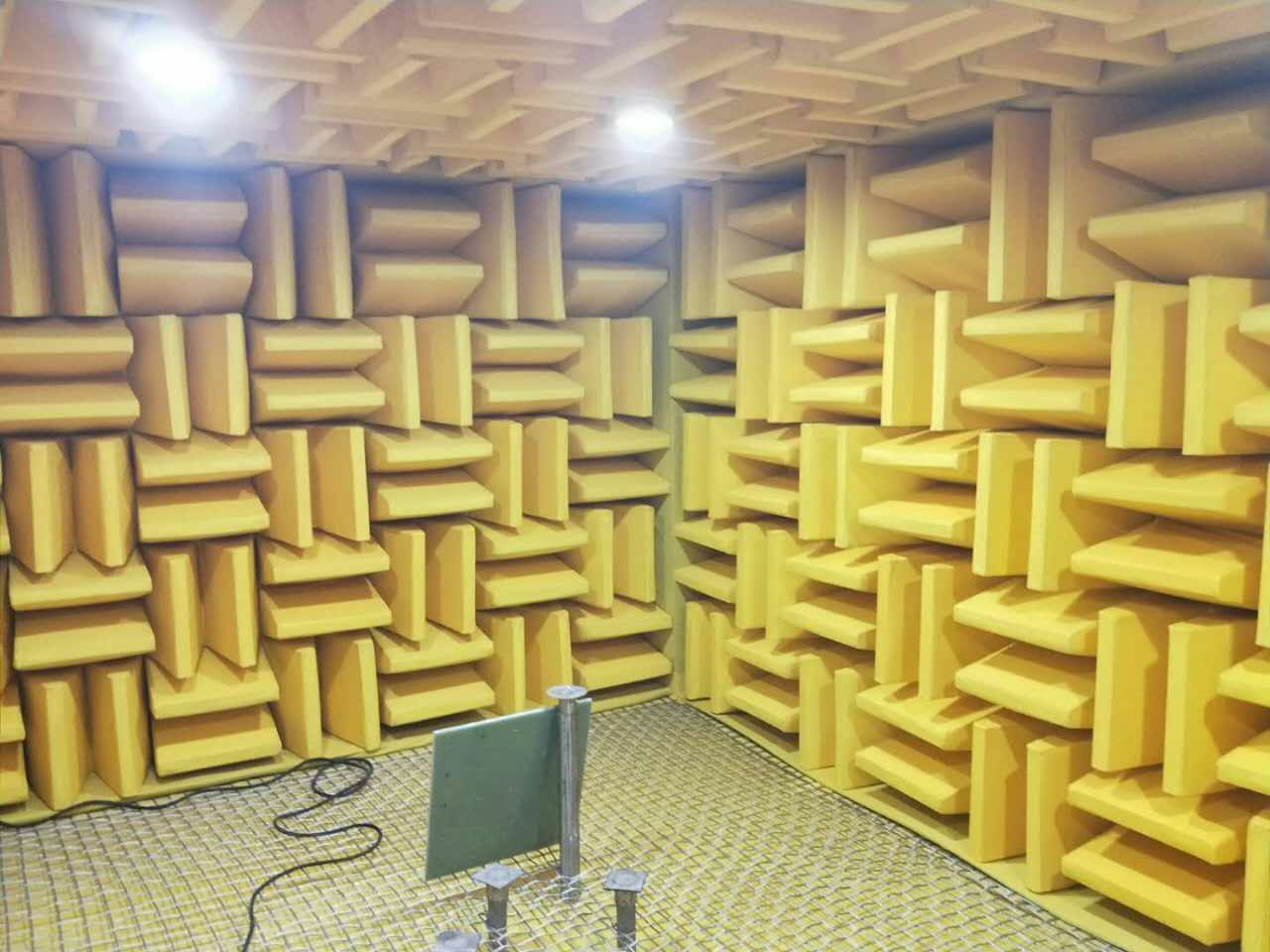In the process of testing the acoustic effect of products, a standard acoustic laboratory, namely an anechoic chamber, will be established to test the products. What is the standard decibel of the anechoic chamber?
Strictly speaking, there is no standard decibel value for an anechoic chamber. Different products have different requirements for acoustic effects, and in actual use, the decibel value of the anechoic chamber is determined by the sound level of the product itself. Although there is no fixed standard value, the decibel of an anechoic room must be at least below 25 decibels. Due to its special structure, the acoustic effect needs to be below 25 decibels, otherwise it will not be considered an anechoic room because a silent room can still achieve an effect below 30 decibels. Compared to the ordinary point of an anechoic room, a silent room is one level lower.
Anechoic rooms are divided into fully anechoic rooms and semi anechoic rooms. Generally, it depends on whether the tested product requires a reflective surface. If not, it is fully anechoic, and if necessary, it is semi anechoic. There is no difference in the acoustic effect value between a fully anechoic room and a semi anechoic room. Normally, the decibel value of an anechoic room is between 10-20 decibels, and more precise ones are required to be below 10 decibels. In terms of construction cost, the lower the decibel value of the anechoic chamber, the higher the cost. In actual use, as long as it can meet the product testing requirements, it is sufficient.
So there is no exact standard decibel value for an anechoic chamber, but there are some standards that need to be referenced in certain specific parameters. The structure of the anechoic chamber is based on the international standard ISO3745 and the standard GB6882 "Precision method for determining the sound power level and sound energy level of noise sources using the acoustic sound pressure method", and meets the requirements of the ISO7779 equipment air noise testing standard.

